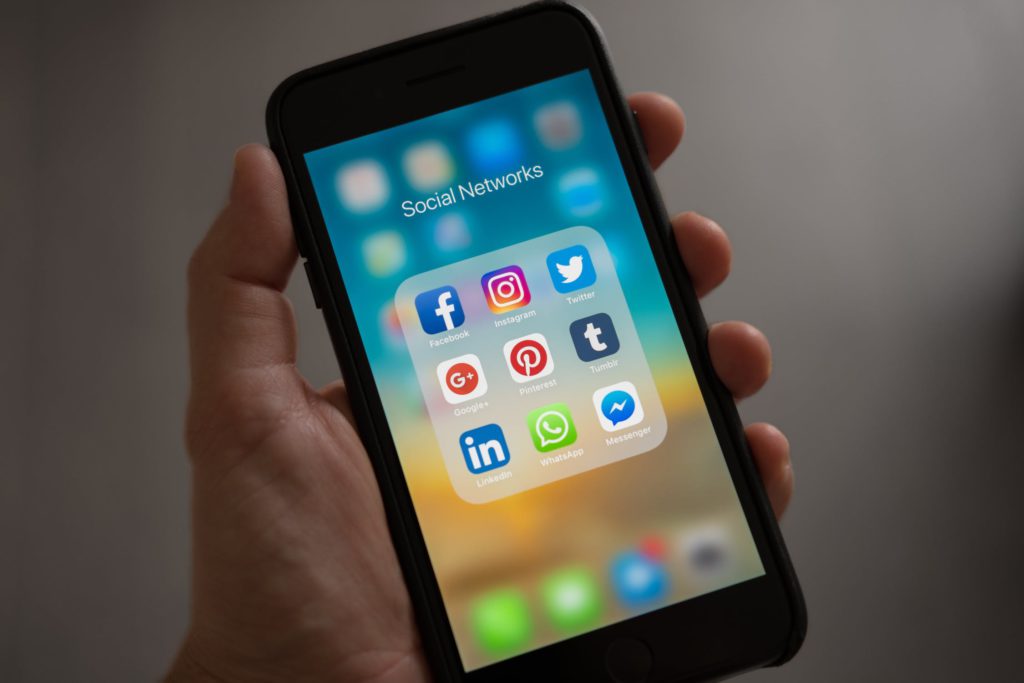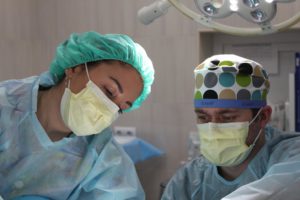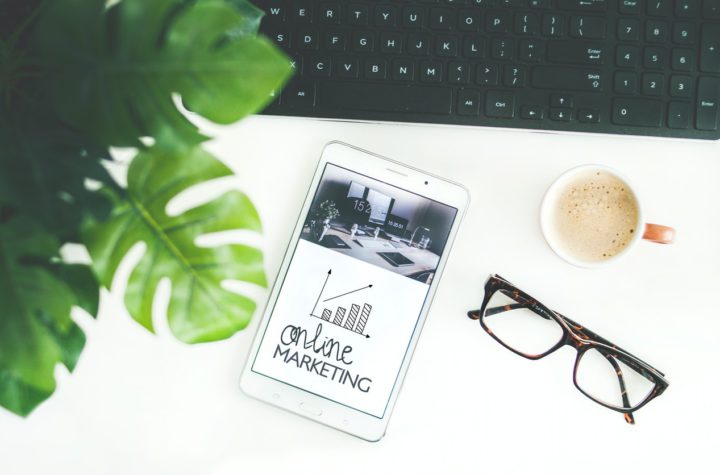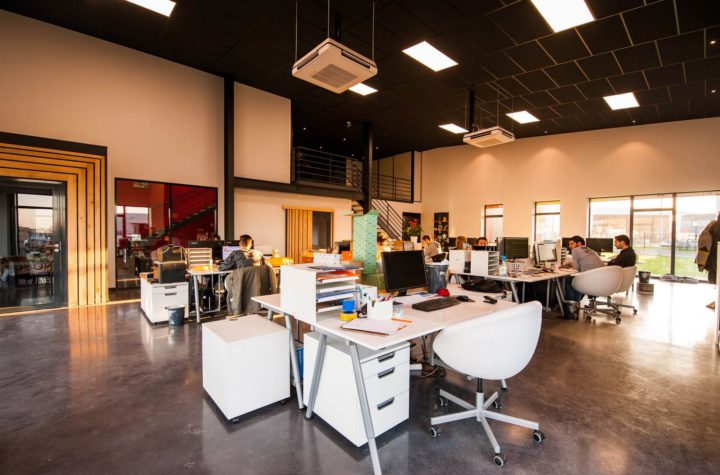
Social media and the push for cosmetic surgery
The blame for a number of issues in society today has fallen squarely at the feet of social media.
The latest is the sharp rise in cosmetic surgery and how younger people, especially young women and even girls, are looking at undergoing procedures.
The questions now being asked include;
- Is social media to blame for such a rise?
- What role does social media play in the uptake of cosmetic surgery?
- Is there a social media push to promote such procedures?
- What are the regulations around cosmetic surgery and social media obligations?
The focus on how someone looks and how they perceive themselves has sharpened over the years with a particular growth in wanting to change one’s appearance.
It is no surprise that the advent and growth of social media coincide with a rise in attaining an ideal look.
Is social media responsible for the rise in cosmetic surgery?
Whilst social media cannot be blamed for the growing demand for cosmetic procedures, it is playing a key role in that demand and on more than one level.
Several studies have shown that there is a growing trend to reappraise one’s looks because our images, especially our faces, have become a key to our online identity.
To deal with the self-critical nature of self-appraisal, there has been a continual leaning to alter aspects of our appearance and how we are viewed online.
This has led many to an almost self-obsession to try to manipulate and manufacture images that meet a perceived ideal.
Gone are the body image issues of;
- Imperfect skin – with software and image enhancements hiding those imperfections
- Lips that are too thin and teeth that are not white and bright enough
- The wrong shaped cheekbones and eyebrows
- Moles, scars or birthmarks can be digitally deleted
- A nose that is crooked, too wide or too large
- Having a neck that is wrinkled and showing signs of ageing
Of all these issues, the most dramatic one of all is not even on that list.
The change in breast size across the globe
With many social media influencers and celebrities now talking openly about their breast enlargement, the topic of altering one’s breast size is more commonplace than ever.
Rather than have a medical professional discuss the issues of breast implants and other alterations, people are turning to social media for the latest procedures and even the costs and risks involved.
It is less than ideal for an impressionable person to be taking the opinions of a non-medical person rather than professional advice. Will the various social media platforms be likely to discuss matters of importance such as breast implant illness and how to recognise any breast implant illness symptoms?
Right across the world, there has been a huge uptake in breast alteration and the demand has grown in both older women and even girls as young as early teens.
The rise of the cosmetic surgery in teenagers

Before 2008, there was a growing fear that cosmetic surgery was growing in the teenage demographic. Then came the death of an 18 year old, Stephanie Kuleba during breast augmentation surgery in the U.S.
Whilst this highlighted the issue of the danger of cosmetic surgery and the rise in younger people gaining access to such procedures, the concern has seemed to fade over the ensuing years.
The Australian state of Queensland made the 2008 decision to ban cosmetic surgery for nonmedical reasons to anyone under 18 years of age.
These days, the demand for such procedures is only growing.
Teens are looking at improving or enhancing their looks and increasing their self-esteem. It is often these issues playing out in tandem.
The frightening thing is that social media and apps such as Little Skin Doctor and Plastic Surgery Princess are being targeted to children as young as nine.
Self-image and dangers of social media
Whilst there has been concern about the media portrayal of the idealised person over the years, the parameters have changed with the introduction of social media.
Social media differs drastically from the traditional forms, with accessibility of information is distributed more widely and at an almost instantaneous exchange. The concerns are that there is little to no recourse to reversing exchanges and virtually no real control over who can access that information.
Whereas a person who compared themselves to others was constrained by immediate social circles in the past, a person living in today’s social media world has the ability to compare themselves with almost anyone else in the world.
Cultural norms and the consideration of the ideal has been homogenised into a globally accepted image. This has led to a drastic shift in perceptions of what constitutes the perfect face and body despite a whole range of external and environmental factors.
It is not impossible these days for a young woman in rural Peru to compare herself and body image with someone from a city in Scandinavia. The difference in ethnic background has continued to be seen as just another hurdle to overcome in the strive for so called ‘perfection’.
This is illustrated by the fact that in places as far flung as South Korea and Saudi Arabia, there is a growing trend to undertake cosmetic surgery procedures.
The role of social media in that trend has often been attributed to the daily use of social media and the widely held belief that one must live up to an ideal of how you should look no matter where you live.
Plastic surgeons and social media use
Whilst there are many factors relating to social media that are playing their part in the rise in cosmetic surgery, it is the plastic surgeons themselves who are responsible for a major shift in that growth.
With an audience who are constantly re-evaluating their image due to constant ‘the hand held mirror’ of social media, there has been a growing number of plastic surgeons promoting their procedures on various platforms.
Cosmetic surgery has definitely been normalised by the number of celebrities and influencers who openly boast of the procedures they have had done.
There is a growing perception that such surgery is available to almost anyone and there will endless social media discussions, forums and even promotions for different procedures.
The ability for plastic surgeons to engage with that market on social media is a dangerously influential marketing tool.
This issue led to the chair of the Australian Society of Plastic Surgeons warning of the inappropriate use of social media by plastic surgeons.
While it continues to promote unrealistic ideals and narcissistic behaviour, it is clear that the rise in cosmetic surgery has a powerful ally in social media.




More Stories
Why Marketing Is So Important For Small Businesses
How To Enhance Your E-Commerce Business
The Major Benefits Of Going Back To Work Post Covid